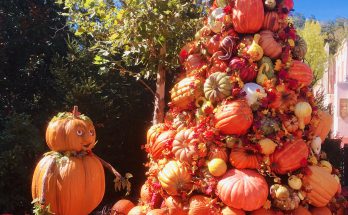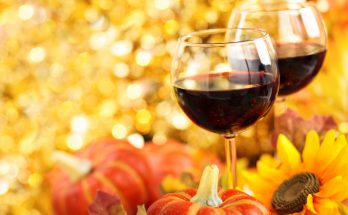Chicken soup for a cold? Yes, and so much more! Bone broth is an ancestral remedy very much alive today.
The restorative properties of bone broth, are not old, but they are old as restaurants themselves. The concept of a restaurant serving a restorative broth actually comes from, Paris!
The very word “restaurant” comes from the French word restauration (restoration). In 1765 a soup vendor named Boulanger allegedly opened the first restaurant to serve his customers restorative bouillons at dining tables (rather than standing). Indeed, bouillons used for health purposes appeared in printed French culinary works in the 1600s.
Fountain of Youth
Bone broths offer valuable nutrients such as collagen and minerals extracted during the simmering process.
Did you say collagen? Yes! The collagen you seek to plump the skin, improve joint and connective tissues, and grow healthy looking hair and nails is easily extracted from gelatin-containing bones slowly over low heat. A cup of bone broth in the morning instead of or in addition to a full breakfast coats the gut, lending a helping hand to the gut microbiome.
Make it Yourself
In the past several years, bone broths have appeared on store shelves for those not eager to cook their own. It does take time (and bones) to make bone broth, but it only takes placing the ingredients with water into a Dutch oven or crock pot and allowing the heat to do all the work!
A soup carrying a name, such as “poultry stock” or “veal stock,” calls for specific ingredients including gelatinous chicken feet or wings, or else veal knuckles or feet, the bones of the animal (and sometimes meat), plus certain vegetables and/or herbs. Veal stock is the foundation for a number of sauces and recipes in French cuisine, and includes cubed and browned veal meat.
“Gelatinous” may not sound super appealing, but it’s very important to the end result. The more gelatinous the bone, the more gelatinous in general will be the broth depending on simmering time and water content. I go into much detail in my Stocks and Sauces chapter in The Bordeaux Kitchen cookbook, as there are many possible variations.
Sourcing the Best Ingredients
Bones should be sourced from pasture-raised (“grassfed”) animals that have, in theory, accumulated fewer toxins than those from conventional farms using GMO feed and industrial fertilizers, pesticides, and herbicides. Use organic vegetables and herbs when possible for the same reasons. Steer clear of industrial “table salt” and instead choose sea salt or Himalayan (an ancient sea salt), as these are rich in mineral content. Traditional French recipes call also for an herbal bouquet garni. This is an aromatic bundle of herbs which can include: bay leaves, thyme, leek, rosemary, parsley and/or savory, tied together with kitchen twine.
Low and Slow in a Big Pot
This is slow food at its best. So how do you do it? Collect bones over a week or more in a bag or container in the freezer, along with vegetable ends (carrot, celery, onion, parsley stems). Use a Dutch oven or a large stainless-steel stock pot (or a large crock pot if you are out for the day). Fill it to ¾ full with the bones, vegetable ends, one or two bay leaves, herbs, and a few pinches of sea salt. Adding a little apple cider vinegar is optional but will give the added benefit of helping to extract more minerals.
Add high quality spring or filtered water to just cover the bones, and heat on low from morning until night, or overnight if you do not mind the stove or crock pot being on throughout the night. Store cooled in the refrigerator for up to a week or freeze in glass containers, allowing 24 hours to thaw in the fridge.
The French ancestral pot au feu (pot over the fire) traditionally simmers throughout the week, receiving meat and vegetable leftovers, saving time and economically utilizing all ingredients, while heating the kitchen or home.
You, too, can tap into your ancestral roots, and drink broth to your health!



